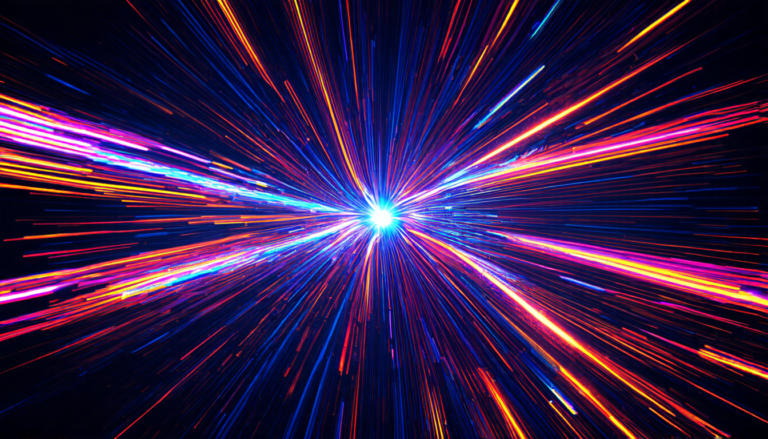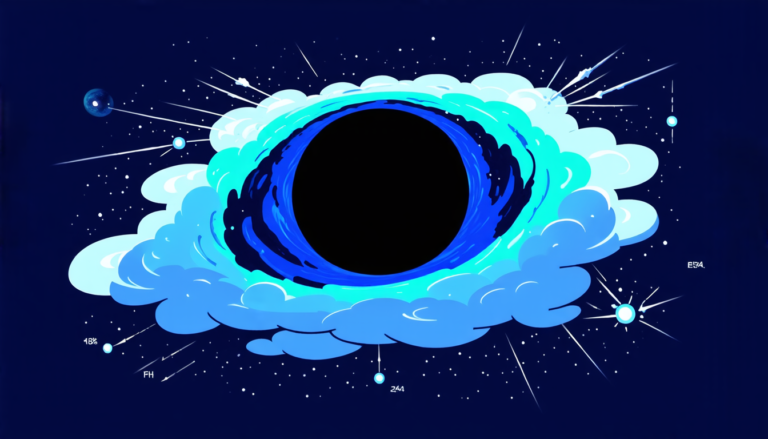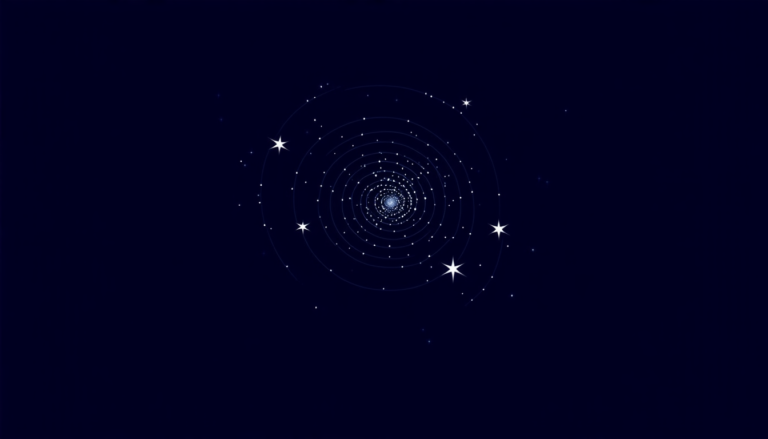Monday 08 September 2025
The search for a better understanding of dark energy, the mysterious force driving the accelerating expansion of the universe, has led researchers down a fascinating path. In recent years, theories have emerged suggesting that this energy might be more than just a simple constant, but rather a dynamic entity that interacts with ordinary matter.
One such theory is known as the Dirac-Born-Infeld chameleon scalar field model. This concept builds upon earlier work by physicist Paul Dirac, who proposed the idea of a scalar field permeating the universe. The Dirac-Born-Infeld model takes this idea and combines it with the concept of chameleon physics, which posits that certain particles can change their properties depending on their surroundings.
In this context, the chameleon scalar field is thought to be responsible for dark energy’s behavior. As matter density changes in different regions of space, the chameleon field adapts its strength and interactions accordingly. This adaptation allows it to maintain a constant overall effect on the universe’s expansion, even as local conditions change.
Researchers have been studying this model using data from recent cosmological observations, including Pantheon Plus, DES Y5, DESI DR2, and the compressed Planck likelihood. By analyzing these datasets, they’ve been able to place constraints on the model’s parameters and better understand its behavior.
One intriguing finding is that without the chameleon mechanism, the mean value of a key parameter, m1, appears to be negligible. This suggests that the self-interaction of the DBI field could potentially be unimportant. When considering the chameleon mechanism, however, constraints on potential parameters do not arise, but other parameters, such as the warp parameter and chameleon coupling parameter, are forced to satisfy certain conditions.
The equation of state wDE, which describes the relationship between dark energy’s pressure and density, resides more in the quintessence region in the past. This is a key finding, as it implies that the universe may have had different properties in its early stages than it does today.
The model has also been tested using statistical model comparison, with the results showing that it remains observationally viable at the cosmological background level. While this doesn’t necessarily mean that dark energy is dynamic, it does suggest that our current understanding of the universe’s expansion may be incomplete.
As researchers continue to refine their understanding of dark energy and its relationship to ordinary matter, we may eventually uncover a more complete picture of the universe’s behavior.
Cite this article: “Unveiling the Mysterious Force: The Dirac-Born-Infeld Chameleon Scalar Field Model”, The Science Archive, 2025.
Dark Energy, Chameleon Scalar Field, Dirac-Born-Infeld Model, Cosmological Observations, Pantheon Plus, Des Y5, Desi Dr2, Planck Likelihood, Quintessence Region, Equation Of State







